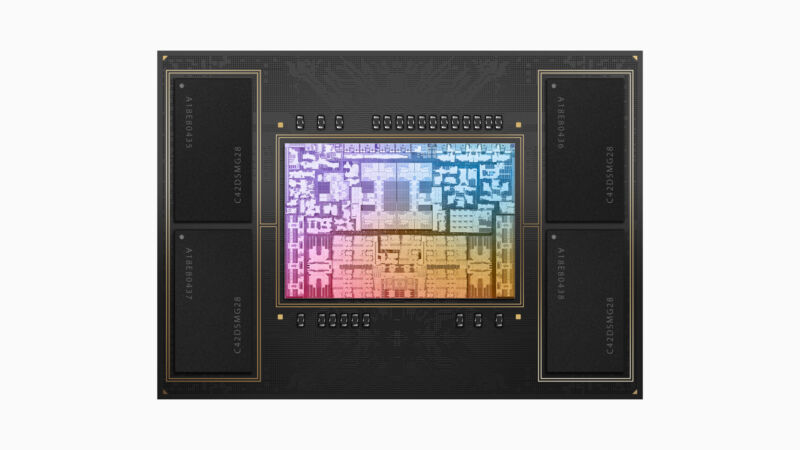
Apple
Many Apple Silicon Macs still haven’t made the jump from the M1 generation to the M2, and the Mac Pro still uses an Intel processor, but some app developers are already starting to see signs that Apple is moving members of the M3 chip family is testing .
Bloomberg’s Mark Gurman reports that the M3 chip in question has a 12-core CPU with six high-performance cores and six high-efficiency cores, plus 18 graphics cores and 36 GB of memory. This all suggests the chip is some kind of M3 Pro, like the kind you’d find in a 14- or 16-inch MacBook Pro or a high-end Mac mini; the current base model M2 Pro uses six high-performance CPU cores, four high-efficiency cores, and 16 GPU cores. We can only guess at the specs of the regular M3, the M3 Max or the M3 Ultra.
While Apple has (for the most part) ditched Intel, the two companies have taken a similar approach to improving the performance of their processors in recent years: leaning on architectural upgrades and small clock speed increases to boost single-threaded performance on the big CPU cores , while an increasing number of small, high-efficiency cores to bolster multi-threaded performance for pro-level workloads that can use any CPU core you throw at it.
Intel has used this strategy with great success in its desktop and laptop chips, although Apple has a significant advantage in terms of energy efficiency. AMD isn’t using this kind of big-core-little-core hybrid approach in any of its CPUs yet, though early rumors say the next-gen Zen 5 architecture could change things up.
Gurman previously reported that he expects M3-generation chips to appear in Macs later this year or early next year, roughly matching the year-and-a-half gap between the first M1 Macs and the first M2 models. Some products, such as the 24-inch iMac or the Mac Studio desktop, could skip the M2 generation altogether and jump straight from M1 chips to M3 models.
Gurman’s report describes the M3 as a way to “attract customers back to the [Mac] lineup” in the face of reduced sales, which doesn’t make much sense – the current Mac sales dip is on the back of updated M2 Macs like the MacBook Pro and Mac mini, so it doesn’t seem very likely that another new processor will reverse the trend. Apple may be able to improve its sales by the margin by introducing slightly faster versions of its products, but eventually the Mac will probably have to wait for the same thing as any other PC company: for people to start replacing all the technology they bought three years ago at the start of the pandemic.
Introducing completely new models that serve new types of customers could be a better way to improve sales. A 15-inch MacBook Air is said to be on the way for Apple’s Worldwide Developers Conference next month, giving people who want a bigger screen a way to buy one without paying for all the other stuff that comes with a MacBook Pro to belong.

